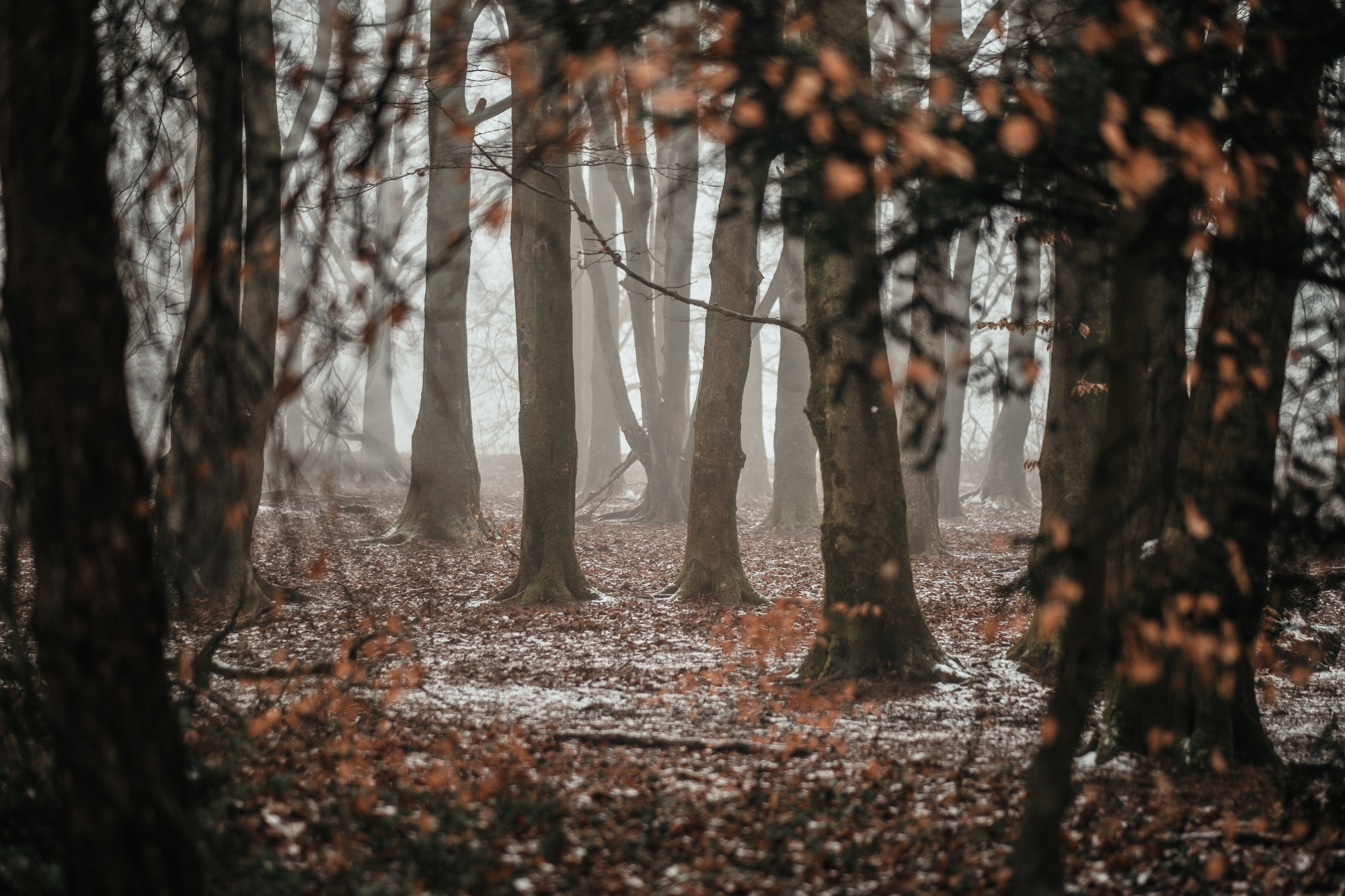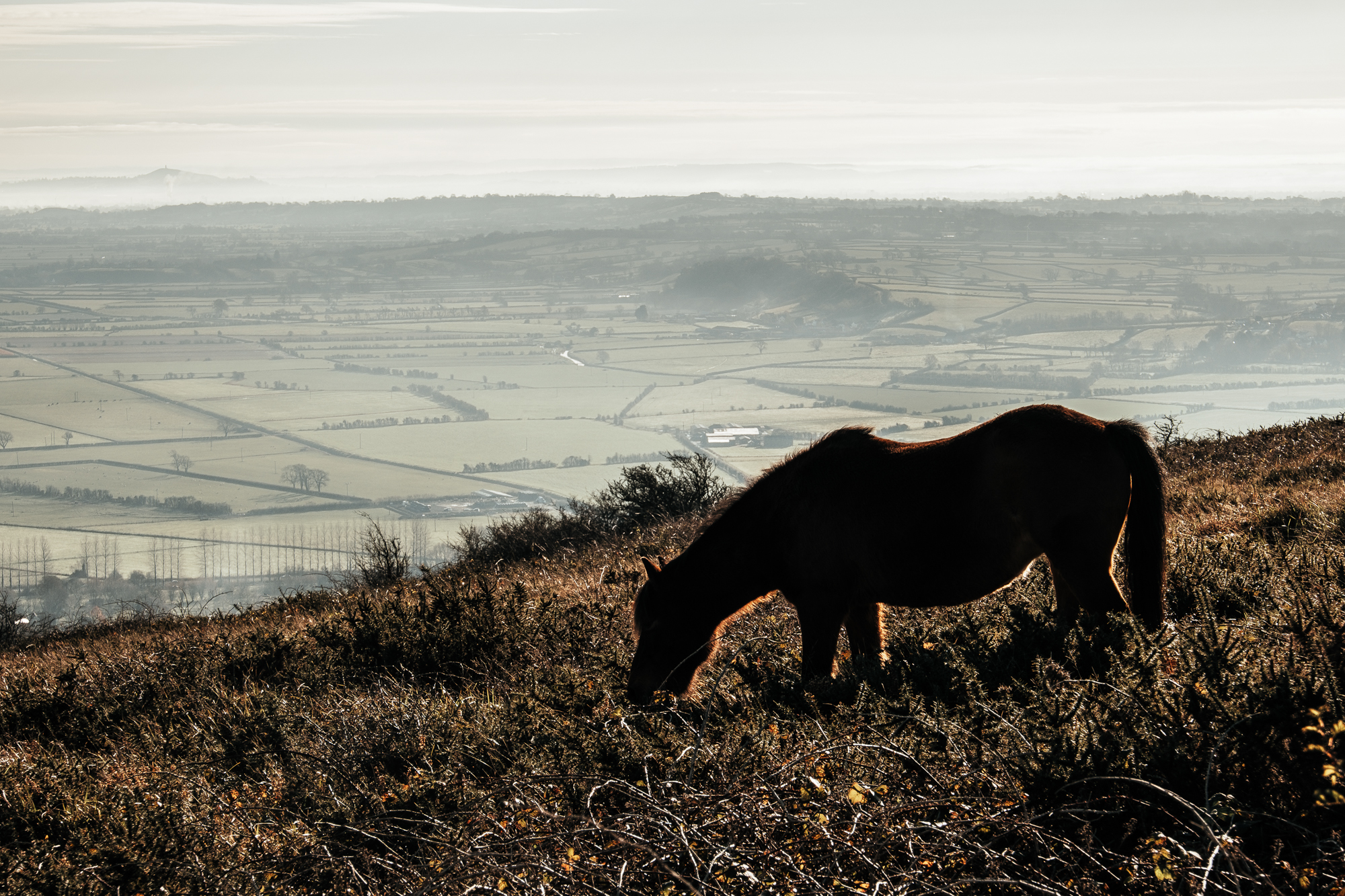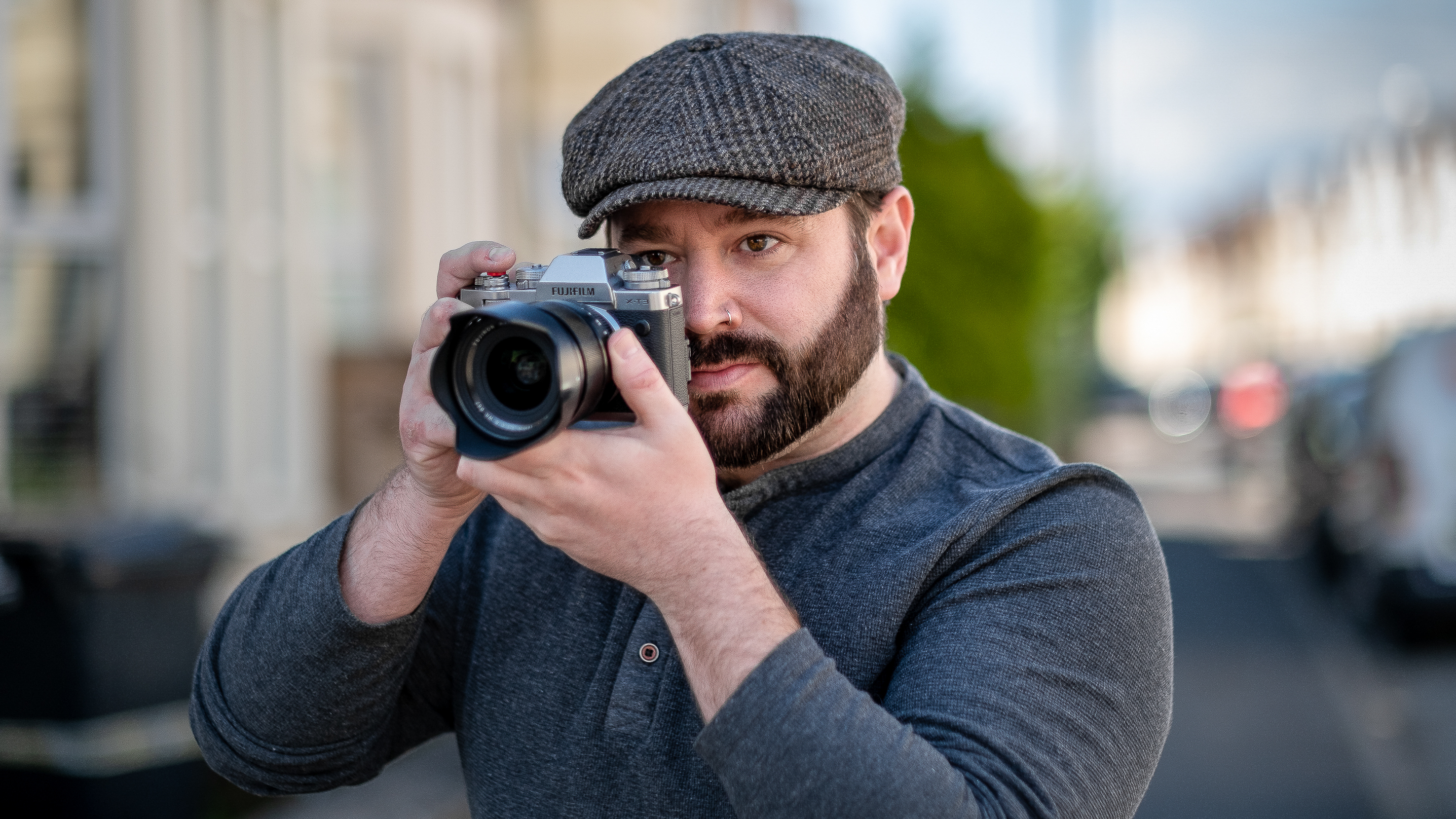Travelling light with a single lens: sometimes a 'nifty fifty' is all you need
Alistair Campbell explains why just one fixed focal length lens is sometimes all you need

If you’re anything like me, you’ll probably find yourself having a constant internal debate about which lens to take out with you. Of course you can always gear up your military-grade backpack with six lenses, three cameras and a tripod, plus a monopod sticking out the top. (And don’t forget your packed lunch.)
Get more from your gear
• Use white balance like a pro!
• 10 steps to sharper images
• Top 35mm prime lenses rated
• Best 50mm lenses
Sometimes, though, it’s better to travel as light as you can: no bag, no boxes of filters, just you and your camera. This is where the dreaded decision comes in. When I first picked up a camera, all I could afford at the time was a Canon EOS 5D Mark II and a single 50mm f/1.4 lens. This was all I had for the first couple of years, and a similar setup is still my default go-to choice now.
I’m currently shooting with the Fujifilm X-T3, a mirrorless camera with a slightly smaller APS-C sensor than my full-frame Canon. On this camera, a 35mm lens offers me a similar frame to the 50mm on the 5D. It feels close to how I see the world with my own eyes – and it offers me the most versatility when I force myself to travel light. I’ll often do this with other lenses, too: working with one lens at a time vastly improves your skills.
I was very lucky with this shot of the viaduct: a farmer was burning materials below the bridge, which massively elevated the shot. Over the page I’ve selected a few shots taken over the same day, for the duration of which I only used a single 35mm lens (and made sure I didn't take any others with me) – remember, this is equivalent to a 50mm lens in full frame terms. Shooting with a single prime lens is something I think everyone should try, and I’m sure you will come home with some pleasantly surprising results.
Five times a prime lens might work for you
01 You'll be able to shoot with shallow depth of field
Typically a prime lens will often have a wide opening aperture, in the region of f/1.2 to f/2. My 35mm f/2 lens might not be the fastest lens around, but it will still achieve the much sought-after aesthetic of a blurred background or foreground, particularly if I support the wide aperture with some simple shooting techniques.
02 You'll be able to grab some shots of wildlife
The best camera deals, reviews, product advice, and unmissable photography news, direct to your inbox!
My 35mm lens may be too wide for a frame-filling portrait, but you can capture a decent mid-sized shot of most animals in their natural environment. Usually they'll be wide enough to feature full length shots of larger animals, but for something smaller like a squirrel you might have to use a more stealthy approach.
03 You can get a little 'arty'
Another pleasing option with this 35mm lens is being able to capture
a landscape shot just wide enough to create a small scene, isolating individual subjects within the frame. With a harsher edit, a monochrome conversion and a dash of grain, you could almost call it art…
04 The best of both worlds
The 35mm is such a versatile optic. Here, I was able to get a good shot of a horse grazing while still allowing my frame to incorporate quite a large backdrop for the scene. I shot wide-open for much of the weekend, but here I stopped down to f/10 to introduce more detail through the frame, and to show the fields’ patchwork.
05 Enjoy capturing some small intimate landscapes
The focal length of my 35mm prime is perfect for capturing small landscape scenes while I’m out taking photographs – just wide enough to feel like a wide shot, but close enough to give your surroundings plenty of detail. I also had the option of walking over to the hedge and getting a close-up shot of this old house filling the frame.
Read more:
• Use white balance like a pro!
• 10 steps to sharper images
• Top 35mm prime lenses rated
• Best 50mm lenses
Alistair is the Features Editor of Digital Camera magazine, and has worked as a professional photographer and video producer.







